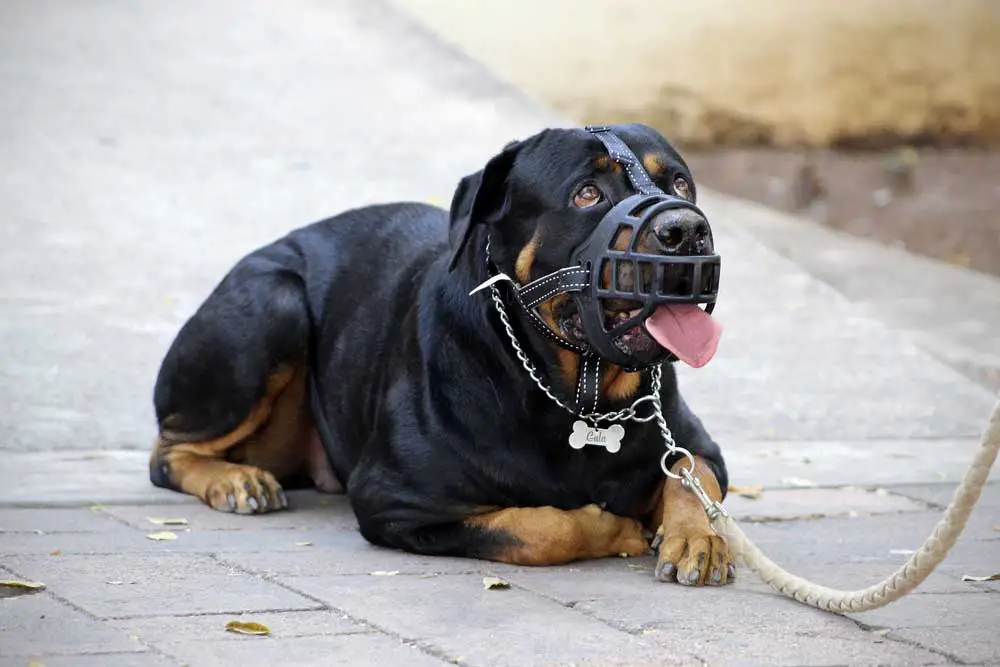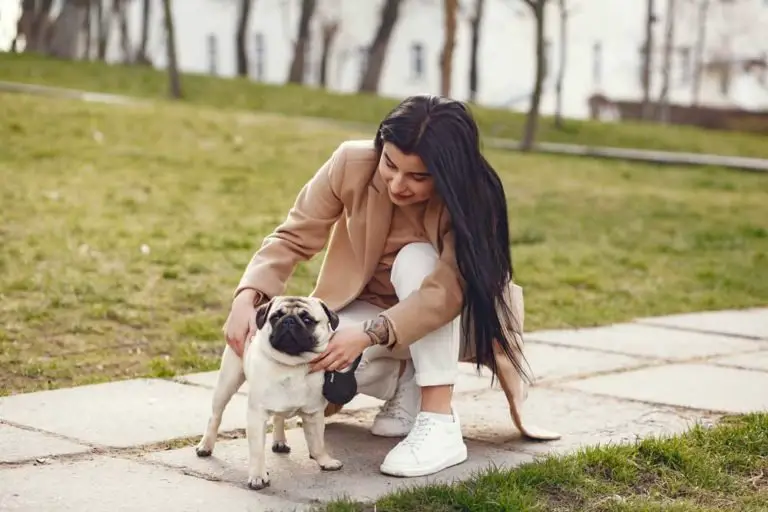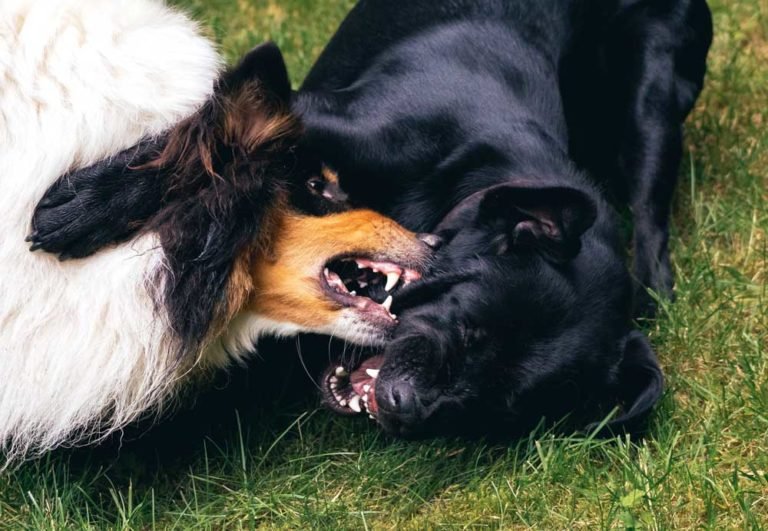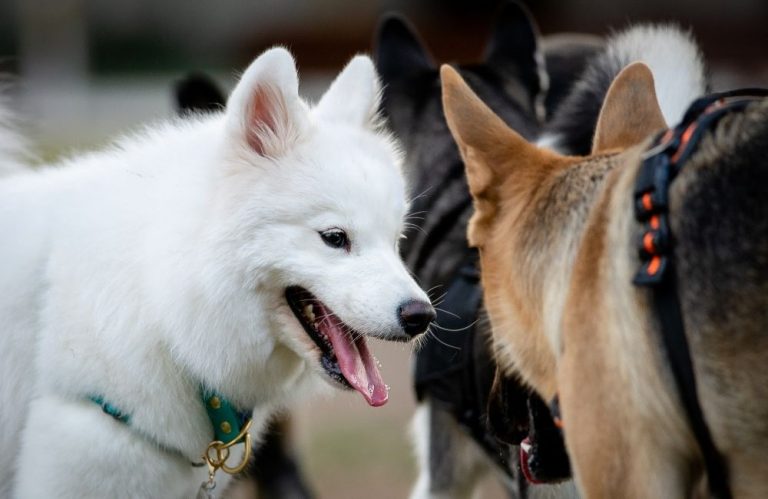Everything You Should Know About Dog Muzzles
Dogs are wonderful pets. They have been great friends of mankind ever since historical records started being kept. However, they too may get wild and unruly if not handled well. The dog bites specifically are not the things you would want to experience. That is why a solution has to be found somehow.
The dog muzzles are your best bet when it comes to this. They are dog accessories that are specially designed to control your dog and help you to direct it wherever you please. You hence have to know everything about the dog muzzles for you to appreciate it and make good use of it after all.
When is it Appropriate to Use a Dog Muzzle?
Muzzles are never supposed to be used just about every day or at any time. They are meant for temporary operations and at set times. Below are the times when they come in handy:
Emergencies
These muzzles come in when there are emergency situations to take care of. A dog that is injured or frightened is likely to bite you or become too unruly. It is at such a time that you have to muzzle its mouth to prevent it from doing just that.
Risk of Biting
Other than injuries, dogs may also often bite due to some other reasons. You hence have to be extra-vigilant to see to it that you sense whether it is about to bite or not. If and when you sense so, be quick to muzzle its mouth to prevent it from doing just that.
Grooming Sessions
To be able to groom your dog well, it has to be calm and super quiet. That can only happen or be guaranteed if and when the dog is completely muzzled. This is especially applicable to the puppies who by their natures are too playful and restless to handle calmly.
Comply with Legislation
In some areas, it is usually a requirement that the dogs be muzzled when walking them in the parks and along the sidewalks. It hence goes that you have to do that in order not to ruffle feathers with the relevant authorities. Never dare to fail to do so to avoid trouble.
When Should You Not Use a Muzzle?
As hinted above, not every circumstance warrants the use of the dog muzzles. Using these muzzles at such times is a sure recipe for disaster and additional problems. Below are the top circumstances of these kinds:
Mitigate Behavioral Problems
You should never attempt to use the muzzles to mitigate behavioral problems. Many of these problems are ingrained in the psyche of the dog and are long-running. Attempting to do just that is hence to some extent an exercise in futility. You just won’t receive the necessary outcomes.
As a Punishment
The muzzle is not also to be used for punishing the dog. It lacks the ability to reverse the underlying issues that are responsible for the behavioral issue in the first place. Then again, if the dog associates the muzzle with punishment, it may be tricky for you to utilize it better later.
Long-term/Permanent Applications
Muzzles are only intended for short-term applications. Never use them for permanent or prolonged applications hence. Moreover, you can never solve or reverse any adverse issues by forcing the dog to close its mouth. It just won’t work at all. If anything, some of the things we consider unruly are in fact the sheer nature of the dogs.
Unnecessarily Stressful Situations
Never attempt to use these muzzles in unnecessarily stressful situations. If you use your muzzle in an environment or circumstance that annoys your dog, the use of the muzzle may create unhealthy associations. These may compromise its ability to cope in such environments later. Just stay away from it.
What Are the Different Types of Muzzles?
Muzzles come in three different shades and forms. In our discussions here, we take a look at them and what each stands for or potentially brings along to any individual:
Basket Muzzle
As its designation implies, the basket muzzle is shaped in the form of a basket. Here, you strap this muzzle on the mouth and nose of your dog. That way, you prevent it from opening its mouth and performing the normal functions. This basket may be made of rubber, plastic, wire or leather.
Soft Muzzle
This one is soft in the sense that it is manufactured using materials that are similarly softer and pliable. Examples of these materials are leather mesh or Nylon. They wrap around and wholly engulf the mouth of your dog to prevent the same from inflicting bites on you.
Homemade Muzzle
The homemade muzzle can either take the form of a basket or soft muzzle respectively. It only differs from the other muzzles in the sense that it is made at the comfort of the home rather than being derived from a manufacturer. It is hence cheaper and more suited to the task at hand.
How Do You Train a Dog to Accept a Muzzle?
Dogs will often be too reluctant to put on the muzzles. They have to be subsequently trained to accept them. That demands that you follow some steps to achieve the end. We highlight and explain them here:
Step I: Find the right Muzzle
Muzzles come in three different kinds, as noted above. Your first task shall be to find the right muzzle. Needless to say, this muzzle has to be able to fit the mouth of your dog and also be able to tackle the associated task. You might have to seek technical assistance here.
Step II: Introduce the muzzle to the dog
Next, introduce your muzzle to the dog. Do this by letting your dog sniff the muzzle from afar off. By sniffing the muzzle, your dog will draw a connection between the two of them which it will use thereafter to cope and work alongside it.
Step III: Train it to walk with the muzzle
Having instilled the association with the muzzle, you now need to train it to work alongside it. Pull the muzzle smoothly and steadily in and around the area. Notice how the dog responds to your pulls and make appropriate adjustments if need be. Repeat the procedure several for the best outcomes.
Step IV: Fasten the muzzle
After your dog is eventually accustomed to the muzzle, you should now go ahead and fasten the same. Put it on and then fasten the muzzle. Remove it almost immediately and then repeat the steps a couple of times for the best results. That move has to go on for days on end.
Step V: Give it treats
Dogs do well when incentivized. You should also contemplate giving it incentives to up its interest in using the nozzles. These could take the forms of bites and walks to the parks. That approach will make the dog all the more enthusiastic in trying out the nozzles if and when need be.
How Do You Properly Fit a Muzzle?
It may not be that the muzzle you pick for the job will automatically fit in the mouth of the dog. The steps we outline and explain hereunder endeavor to aid you in accomplishing that task:
Find the right muzzle
It all begins by finding the right muzzle. Muzzles, as we have already explained, come in diverse shades and forms. You hence cannot pick any at random and have it work. To find the right pick, you should mark out the dimensions of the mouth of the dog and translate the same to the muzzles.
Slot the muzzle on the mouth of the dog
Slot the muzzle on the mouth of the dog thereafter. You may have to stretch and retract the muzzle repeatedly to find the most comfortable posture. As you do so, take note of the behavior of the dog to ascertain whether it indeed is comfortable or not.
Fasten and loosen alternatingly
After settling on a comfortable posture, move ahead now to fasten and loosen the muzzle alternatingly. You want the muzzle to be tight but not too tight as to imperil the comfort of the dog altogether. Use your instincts to arrive at the most suitable stature.
Walk the dog
Try walking the dog around after you have found the most desirable level of tautness. Attempt every maneuver as you go about this issue. Run around, walk, jump, dance, and play. Each time, observe the way in which the dog responds to these prompts. Take note of any growls as you do so.
Make appropriate adjustments
If and when you note of any anomalies, be quick to remedy them. That could take the forms of adjusting the degrees of tautness and the level of comfort. Repeat the procedures we have outlined above repeatedly to be able to find the most desired comfort for your dog.
Conclusion
Well, we now exhaust everything you need to know about the dog muzzles there. Having done our part, we now leave it to you to carry on from where we have stopped. That can only mean you putting in place the necessary steps to leverage the benefits that ordinarily come along.







